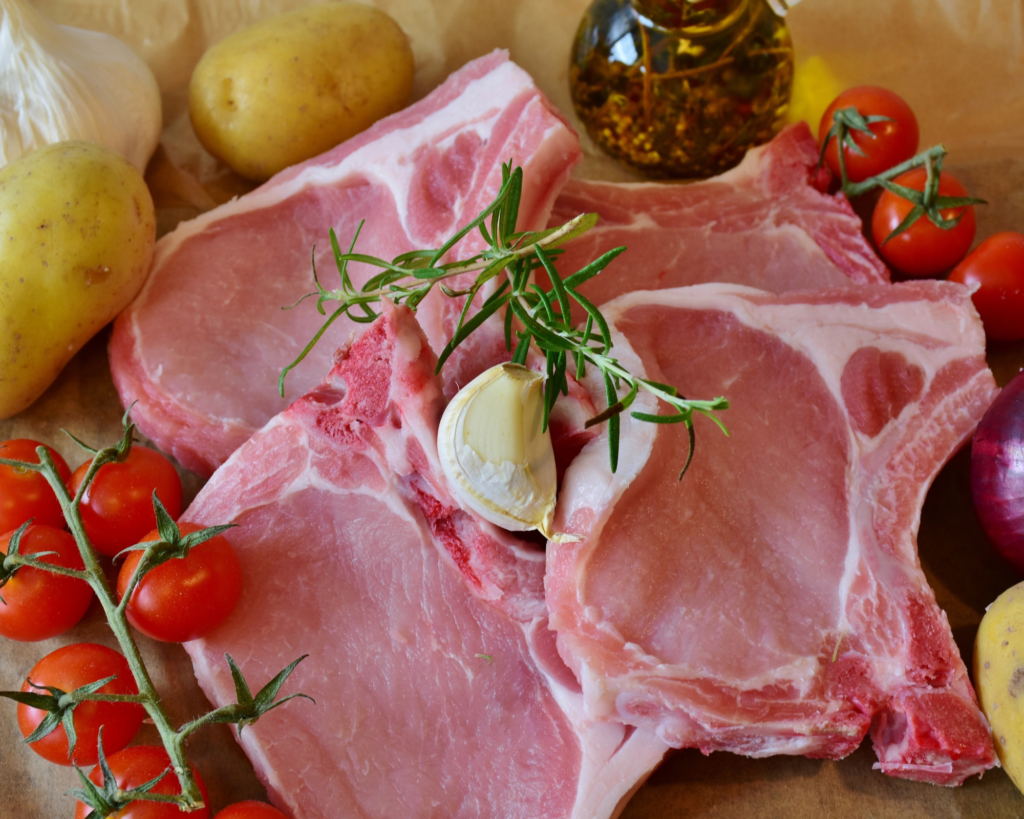Introduction
The journey from the farm to your dinner table involves various steps, with safety being paramount at every stage. In the context of fresh pork, it’s crucial to understand the significance of proper handling and preparation to ensure that the meat reaches your plate in the best possible condition, free from harmful pathogens. The United States Department of Agriculture (USDA) offers a comprehensive resource on safe food handling and preparation for fresh pork, which serves as a valuable guide for consumers and industry professionals alike. In this blog post, we’ll explore the key insights from the USDA’s resource and highlight the importance of ensuring safe practices when dealing with fresh pork.

The USDA’s Resource on Fresh Pork Safety
The USDA’s resource on safe food handling and preparation for fresh pork is a wealth of information that covers a wide range of topics. Let’s delve into some of the essential aspects covered by the USDA to understand how you can make informed choices and minimize risks when handling and preparing fresh pork.
1. Understanding Fresh Pork
The resource begins by providing a fundamental understanding of fresh pork, including different cuts, labels, and packaging. It emphasizes the importance of checking labels and packaging for information on storage, cooking temperatures, and handling instructions. Knowing what you’re dealing with is the first step in ensuring safe food practices.
2. Safe Shopping for Fresh Pork
The USDA advises consumers to select fresh pork products just before checking out at the store. This helps maintain the cold chain and prevent the meat from entering the temperature danger zone, where bacteria can multiply rapidly. Additionally, choosing pork products that are cold to the touch and well-packaged is crucial.
3. Safe Storage Practices
Proper storage is vital to maintaining the freshness and safety of pork. The USDA resource outlines safe storage guidelines, including keeping fresh pork in the refrigerator at a temperature of 40°F (4.4°C) or lower. It also emphasizes the importance of using or freezing pork products within a reasonable time to prevent spoilage.
4. Thawing Pork Safely
Thawing is a crucial step before cooking, and it’s essential to do it safely to avoid bacterial growth. The USDA advises against thawing pork at room temperature, as it can lead to the rapid multiplication of harmful bacteria. Instead, recommended methods include using the refrigerator, cold water, or the microwave.
5. Safe Pork Preparation and Cooking
The resource provides detailed information on safe preparation and cooking techniques for fresh pork. It discusses the importance of proper handwashing, cross-contamination prevention, and the use of separate cutting boards and utensils. When it comes to cooking, the USDA offers specific guidelines for pork, emphasizing the need to cook it to a safe internal temperature of 145°F (63°C).
6. Avoiding Cross-Contamination
Cross-contamination is a significant risk factor in food safety. The USDA’s resource highlights the importance of keeping raw pork separate from other foods and surfaces to prevent the spread of harmful bacteria. It offers practical tips on cleaning and sanitizing equipment and hands to minimize this risk.
7. Leftover Pork Safety
Dealing with leftovers is another area where food safety is essential. The USDA’s resource advises on proper storage and reheating of leftover pork to ensure that it’s safe to eat. It also reminds consumers to consume leftovers within a reasonable timeframe.
The Importance of Fresh Pork Safety
Now that we’ve explored the key points from the USDA’s resource on fresh pork safety, let’s discuss why this information is of utmost importance.
- Health and Safety: Ensuring safe handling and preparation of fresh pork is not just about the quality of your meal but also your health and safety. Raw pork can carry harmful bacteria, and improper handling can lead to foodborne illnesses.
- Preventing Food Waste: Following the guidelines provided by the USDA helps prevent food waste. Proper storage and cooking techniques ensure that you get the most out of your fresh pork without risking spoilage.
- Consumer Confidence: When consumers are well-informed and practice safe food handling, it instills confidence in the products they purchase. This trust is vital for the food industry and ensures that consumers continue to enjoy fresh pork with peace of mind.
- Reducing Environmental Impact: Minimizing food waste through safe handling and preparation practices also has environmental benefits. It reduces the strain on resources used in production and distribution.
- Industry Standards: The USDA’s guidelines are not just for consumers but also serve as industry standards. Producers, retailers, and restaurants all play a role in ensuring that fresh pork reaches consumers safely.
Conclusion
Safe food handling and preparation of fresh pork is not merely a recommendation; it’s a necessity. The USDA’s comprehensive resource offers invaluable insights and guidelines to safeguard your health and the quality of your meal. By understanding and following these recommendations, consumers can enjoy fresh pork with confidence, knowing that they are reducing the risk of foodborne illnesses and preventing food waste. Safe practices are a shared responsibility between consumers, producers, and everyone involved in bringing fresh pork from the farm to your table.

